RGDC Peptide-Induced Biomimetic Calcium Phosphate Coating Formed on AZ31 Magnesium Alloy
Abstract
:1. Introduction
2. Results and Discussion
2.1. Surface Characterization
2.2. Scratch Adhesion
2.3. Corrosion Resistance
2.4. Cytotoxicity Evaluation
3. Materials and Methods
3.1. Materials
3.2. Sample Preparation
3.2.1. Silanization with APTES
3.2.2. Cross-Linking with SMP
3.2.3. RGDC Peptide Was Immobilized on AZ31
3.3. Biomimetic Coating
3.4. Surface Characterization
3.5. Scratch Adhesion
3.6. Corrosion Tests
3.6.1. Electrochemical Experiment
3.6.2. Immersion Test
3.7. Cell Culture
4. Conclusions
Acknowledgments
Author Contributions
Conflicts of Interest
References
- Witte, F.; Hort, N.; Vogt, C.; Cohen, S.; Kainer, K.U.; Willumeit, R.; Feyerabend, F. Degradable biomaterials based on magnesium corrosion. Curr. Opin. Solid State Mater. Sci. 2008, 12, 63–72. [Google Scholar] [CrossRef]
- Navarro, M.; Michiardi, A.; Castano, O.; Planell, J.A. Biomaterials in orthopaedics. J. R. Soc. Interface R. Soc. 2008, 5, 1137–1158. [Google Scholar] [CrossRef] [PubMed]
- Lutz, R.; Srour, S.; Nonhoff, J.; Weisel, T.; Damien, C.J.; Schlegel, K.A. Biofunctionalization of titanium implants with a biomimetic active peptide (P-15) promotes early osseointegration. Clin. Oral Implant. Res. 2010, 21, 726–734. [Google Scholar] [CrossRef] [PubMed]
- Staiger, M.P.; Pietak, A.M.; Huadmai, J.; Dias, G. Magnesium and its alloys as orthopedic biomaterials: A review. Biomaterials 2006, 27, 1728–1734. [Google Scholar] [CrossRef] [PubMed]
- Feng, A.; Han, Y. The microstructure, mechanical and corrosion properties of calcium polyphosphate reinforced ZK60A magnesium alloy composites. J. Alloys Compd. 2010, 504, 585–593. [Google Scholar] [CrossRef]
- Fekry, A.M.; Tammam, R.H. Electrochemical Behavior of Magnesium Alloys as Biodegradable Materials in Phosphate Buffer Saline Solution. Int. J. Electrochem. Sci. 2012, 7, 12254–12261. [Google Scholar]
- Song, G. Control of biodegradation of biocompatable magnesium alloys. Corros. Sci. 2007, 49, 1696–1701. [Google Scholar] [CrossRef]
- Hornberger, H.; Virtanen, S.; Boccaccini, A.R. Biomedical coatings on magnesium alloys—A review. Acta Biomater. 2012, 8, 2442–2455. [Google Scholar] [CrossRef] [PubMed]
- Cipriano, A.F.; Zhao, T.; Johnson, I.; Guan, R.G.; Garcia, S.; Liu, H. In vitro degradation of four magnesium-zinc-strontium alloys and their cytocompatibility with human embryonic stem cells. J. Mater. Sci. Mater. Med. 2013, 24, 989–1003. [Google Scholar] [CrossRef] [PubMed]
- Du, H.; Wei, Z.; Liu, X.; Zhang, E. Effects of Zn on the microstructure, mechanical property and bio-corrosion property of Mg–3Ca alloys for biomedical application. Mater. Chem. Phys. 2011, 125, 568–575. [Google Scholar] [CrossRef]
- Peng, Q.; Zhao, H.; Li, H.; Ma, N.; Tian, Y. High Pressure Solidification: An Effective Approach to Improve the Corrosion Properties of Mg-Y Based Implants. Int. J. Electrochem. Sci. 2012, 7, 5581–5595. [Google Scholar]
- Zhang, X.; Yuan, G.; Mao, L.; Niu, J.; Fu, P.; Ding, W. Effects of extrusion and heat treatment on the mechanical properties and biocorrosion behaviors of a Mg-Nd-Zn-Zr alloy. J. Mech. Behav. Biomed. Mater. 2012, 7, 77–86. [Google Scholar] [CrossRef] [PubMed]
- Li, M.; Cheng, Y.; Zheng, Y.F.; Zhang, X.; Xi, T.F.; Wei, S.C. Surface characteristics and corrosion behaviour of WE43 magnesium alloy coated by SiC film. Appl. Surf. Sci. 2012, 258, 3074–3081. [Google Scholar] [CrossRef]
- Yang, J.; Cui, F.; Lee, I.S. Surface modifications of magnesium alloys for biomedical applications. Ann. Biomed. Eng. 2011, 39, 1857–1871. [Google Scholar] [CrossRef] [PubMed]
- Gan, J.; Tan, L.; Yang, K.; Hu, Z.; Zhang, Q.; Fan, X.; Li, Y.; Li, W. Bioactive Ca–P coating with self-sealing structure on pure magnesium. J. Mater. Sci. Mater. Med. 2013, 24, 889–901. [Google Scholar] [CrossRef] [PubMed]
- Shadanbaz, S.; Dias, G.J. Calcium phosphate coatings on magnesium alloys for biomedical applications: A review. Acta Biomater. 2012, 8, 20–30. [Google Scholar] [CrossRef] [PubMed]
- Li, K.; Wang, B.; Yan, B.; Lu, W. Preparing Ca-P coating on biodegradable magnesium alloy by hydrothermal method: In vitro degradation behavior. Chin. Sci. Bull. 2012, 57, 2319–2322. [Google Scholar] [CrossRef]
- Ribeiro, A.A.; Balestra, R.M.; Rocha, M.N.; Peripolli, S.B.; Andrade, M.C.; Pereira, L.C.; Oliveira, M.V. Dense and porous titanium substrates with a biomimetic calcium phosphate coating. Appl. Surf. Sci. 2013, 265, 250–256. [Google Scholar] [CrossRef]
- Lin, B.; Zhong, M.; Zheng, C.; Cao, L.; Wang, D.; Wang, L.; Liang, J.; Cao, B. Preparation and characterization of dopamine-induced biomimetic hydroxyapatite coatings on the AZ31 magnesium alloy. Surf. Coat. Technol. 2015, 281, 82–88. [Google Scholar] [CrossRef]
- Gao, F.; Xu, C.; Hu, H.; Wang, Q.; Gao, Y.; Chen, H.; Guo, Q.; Chen, D.; Eder, D. Biomimetic synthesis and characterization of hydroxyapatite/graphene oxide hybrid coating on Mg alloy with enhanced corrosion resistance. Mater. Lett. 2015, 138, 25–28. [Google Scholar] [CrossRef]
- Chua, P.H.; Neoh, K.G.; Kang, E.T.; Wang, W. Surface functionalization of titanium with hyaluronic acid/chitosan polyelectrolyte multilayers and RGD for promoting osteoblast functions and inhibiting bacterial adhesion. Biomaterials 2008, 29, 1412–1421. [Google Scholar] [CrossRef] [PubMed]
- Nguyen, M.N.; Lebarbe, T.; Zouani, O.F.; Pichavant, L.; Durrieu, M.C.; Heroguez, V. Impact of RGD nanopatterns grafted onto titanium on osteoblastic cell adhesion. Biomacromolecules 2012, 13, 896–904. [Google Scholar] [CrossRef] [PubMed]
- Abdul Kafi, M.; El-Said, W.A.; Kim, T.H.; Choi, J.W. Cell adhesion, spreading, and proliferation on surface functionalized with RGD nanopillar arrays. Biomaterials 2012, 33, 731–739. [Google Scholar] [CrossRef] [PubMed]
- Cao, X.; Yu, W.Q.; Qiu, J.; Zhao, Y.F.; Zhang, Y.L.; Zhang, F.Q. RGD peptide immobilized on TiO2 nanotubes for increased bone marrow stromal cells adhesion and osteogenic gene expression. J. Mater. Sci. Mater. Med. 2012, 23, 527–536. [Google Scholar] [CrossRef] [PubMed]
- Secchi, A.G.; Grigoriou, V.; Shapiro, I.M.; Cavalcanti-Adam, E.A.; Composto, R.J.; Ducheyne, P.; Adams, C.S. RGDS peptides immobilized on titanium alloy stimulate bone cell attachment, differentiation and confer resistance to apoptosis. J. Biomed. Mater. Res. A 2007, 83, 577–584. [Google Scholar] [CrossRef] [PubMed]
- Mao, C.; Li, H.; Cui, Q.; Feng, Q.; Wang, H.; Ma, C. Oriented growth of hydroxyapatite on (0001) textured titanium with functionalized self-assembled silane monolayer as template. J. Mater. Chem. 1998, 8, 2795–2801. [Google Scholar] [CrossRef]
- Liu, Q.; Ding, J.; Mante, F.K.; Wunder, S.L.; Baran, G.R. The role of surface functional groups in calcium phosphate nucleation on titanium foil: A self-assembled monolayer technique. Biomaterials 2002, 23, 3103–3111. [Google Scholar] [CrossRef]
- Bartouilh de Taillac, L.; Porté-Durrieu, M.C.; Labrugère, C.; Bareille, R.; Amédée, J.; Baquey, C. Grafting of RGD peptides to cellulose to enhance human osteoprogenitor cells adhesion and proliferation. Compos. Sci. Technol. 2004, 64, 827–837. [Google Scholar] [CrossRef]
- Porte-Durrieu, M.C.; Guillemot, F.; Pallu, S.; Labrugere, C.; Brouillaud, B.; Bareille, R.; Amedee, J.; Barthe, N.; Dard, M.; Baquey, C. Cyclo-(DfKRG) peptide grafting onto Ti-6Al-4V: Physical characterization and interest towards human osteoprogenitor cells adhesion. Biomaterials 2004, 25, 4837–4846. [Google Scholar] [CrossRef] [PubMed]
- Shadanbaz, S.; Walker, J.; Staiger, M.P.; Dias, G.J.; Pietak, A. Growth of calcium phosphates on magnesium substrates for corrosion control in biomedical applications via immersion techniques. J. Biomed. Mater. Res. B Appl. Biomater. 2013, 101, 162–172. [Google Scholar] [CrossRef] [PubMed]
- Gómez-Morales, J.; Iafisco, M.; Delgado-López, J.M.; Sarda, S.; Drouet, C. Progress on the preparation of nanocrystalline apatites and surface characterization: Overview of fundamental and applied aspects. Prog. Cryst. Growth Charact. Mater. 2013, 59, 1–46. [Google Scholar] [CrossRef]
- Liu, P.; Pan, X.; Yang, W.; Cai, K.; Chen, Y. Improved anticorrosion of magnesium alloy via layer-by-layer self-assembly technique combined with micro-arc oxidation. Mater. Lett. 2012, 75, 118–121. [Google Scholar]
- Abdal-hay, A.; Amna, T.; Lim, J.K. Biocorrosion and osteoconductivity of PCL/nHAp composite porous film-based coating of magnesium alloy. Solid State Sci. 2013, 18, 131–140. [Google Scholar] [CrossRef]
- Laurencin, D.; Almora-Barrios, N.; de Leeuw, N.H.; Gervais, C.; Bonhomme, C.; Mauri, F.; Chrzanowski, W.; Knowles, J.C.; Newport, R.J.; Wong, A.; et al. Magnesium incorporation into hydroxyapatite. Biomaterials 2011, 32, 1826–1837. [Google Scholar] [CrossRef] [PubMed]
- Shi, Z.; Atrens, A. An innovative specimen configuration for the study of Mg corrosion. Corros. Sci. 2011, 53, 226–246. [Google Scholar] [CrossRef]
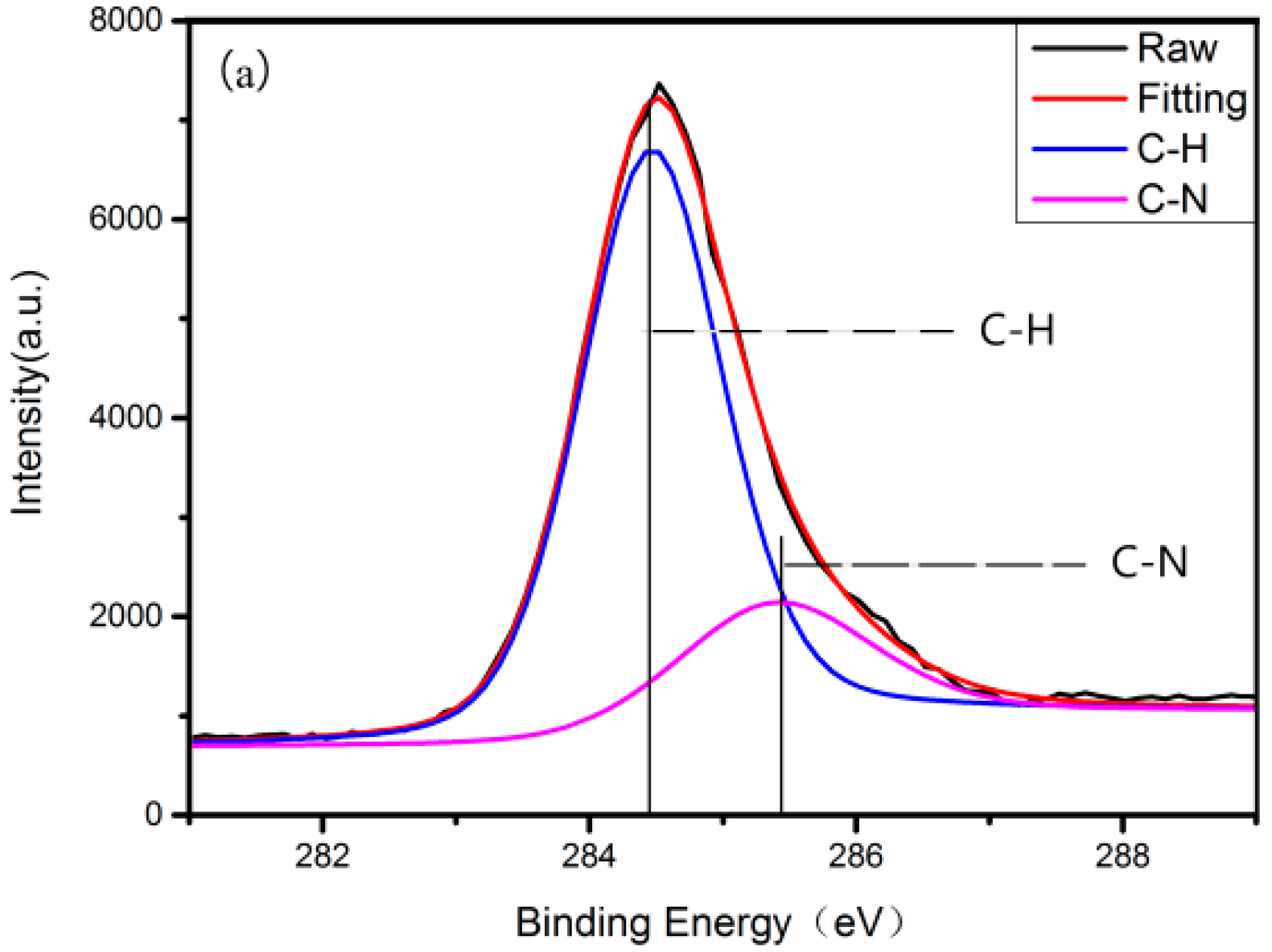
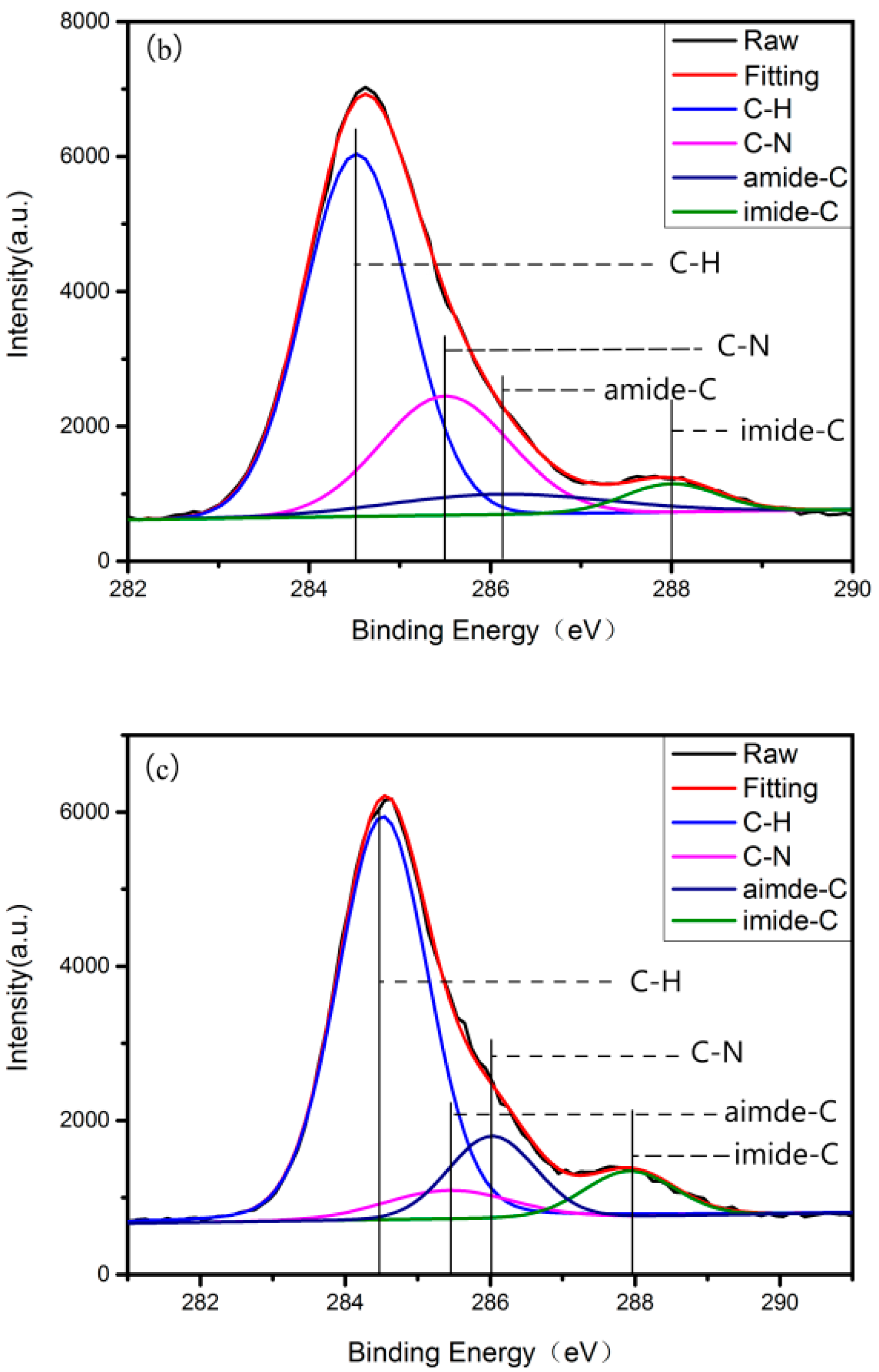
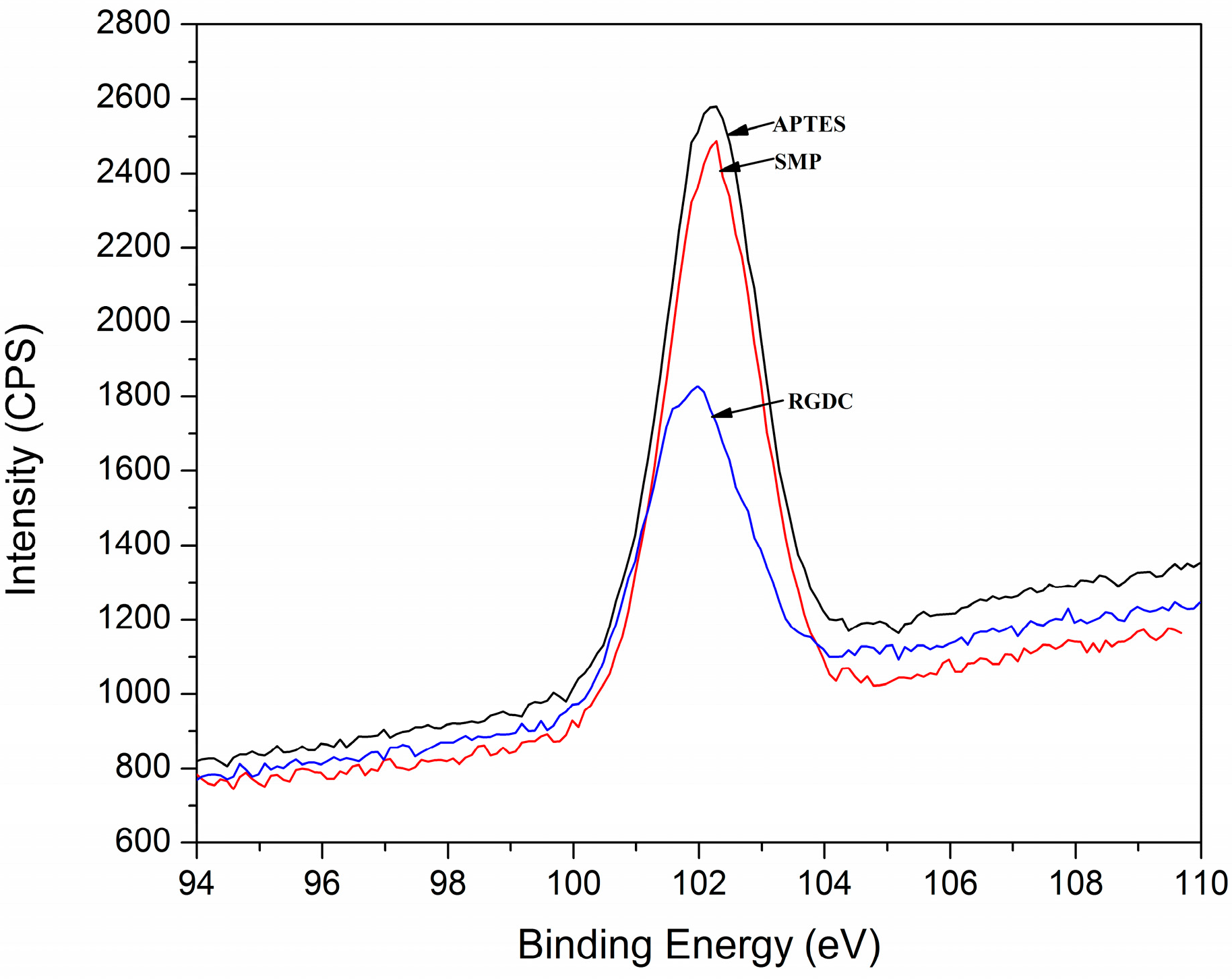
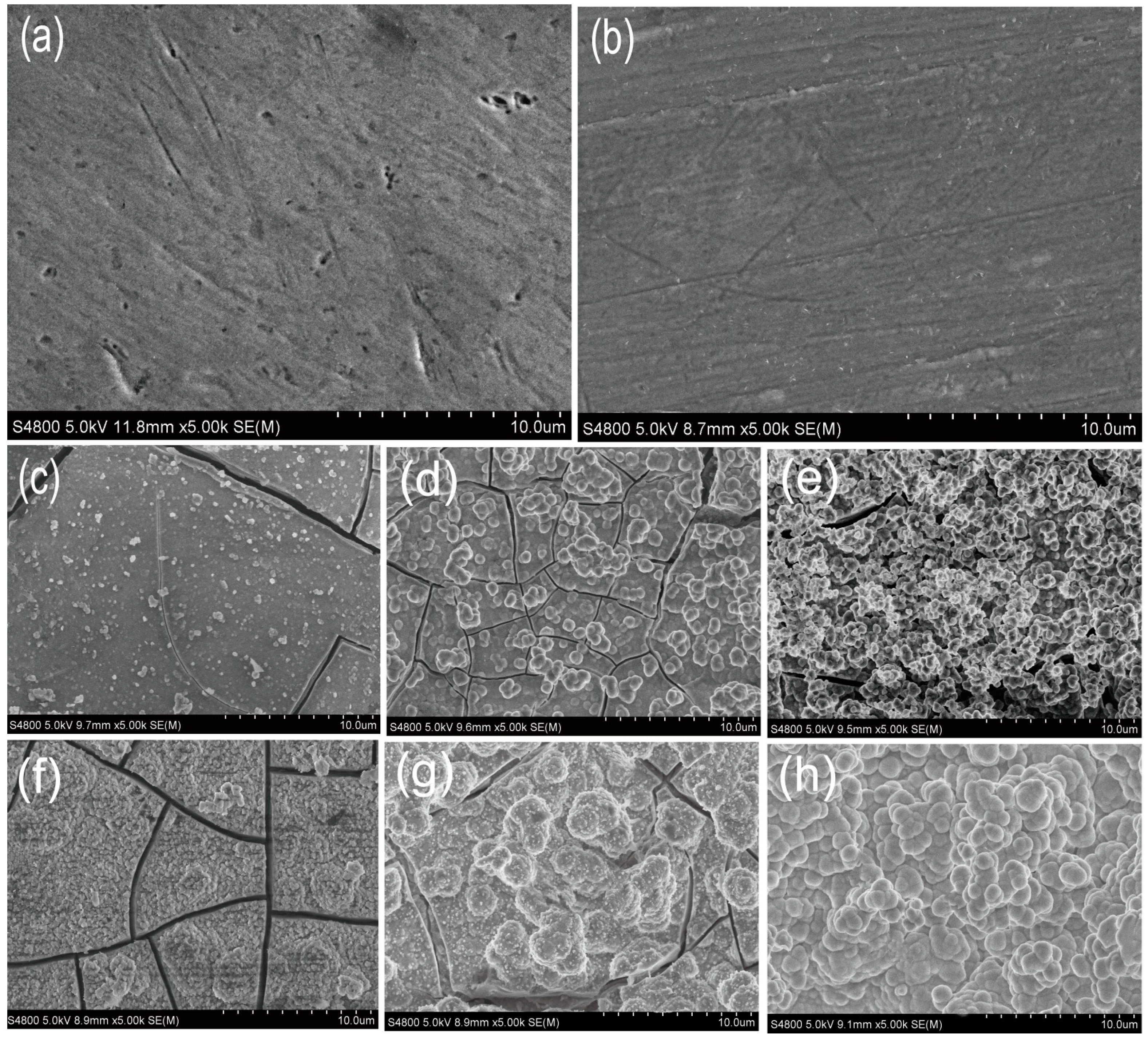
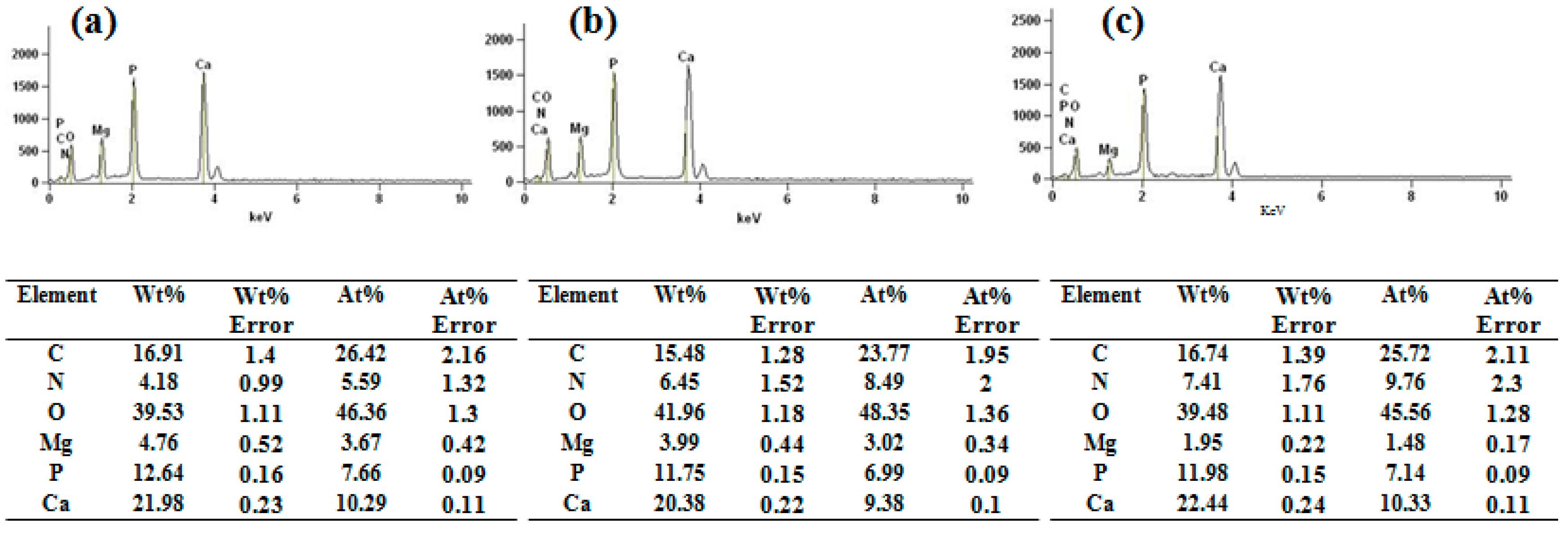
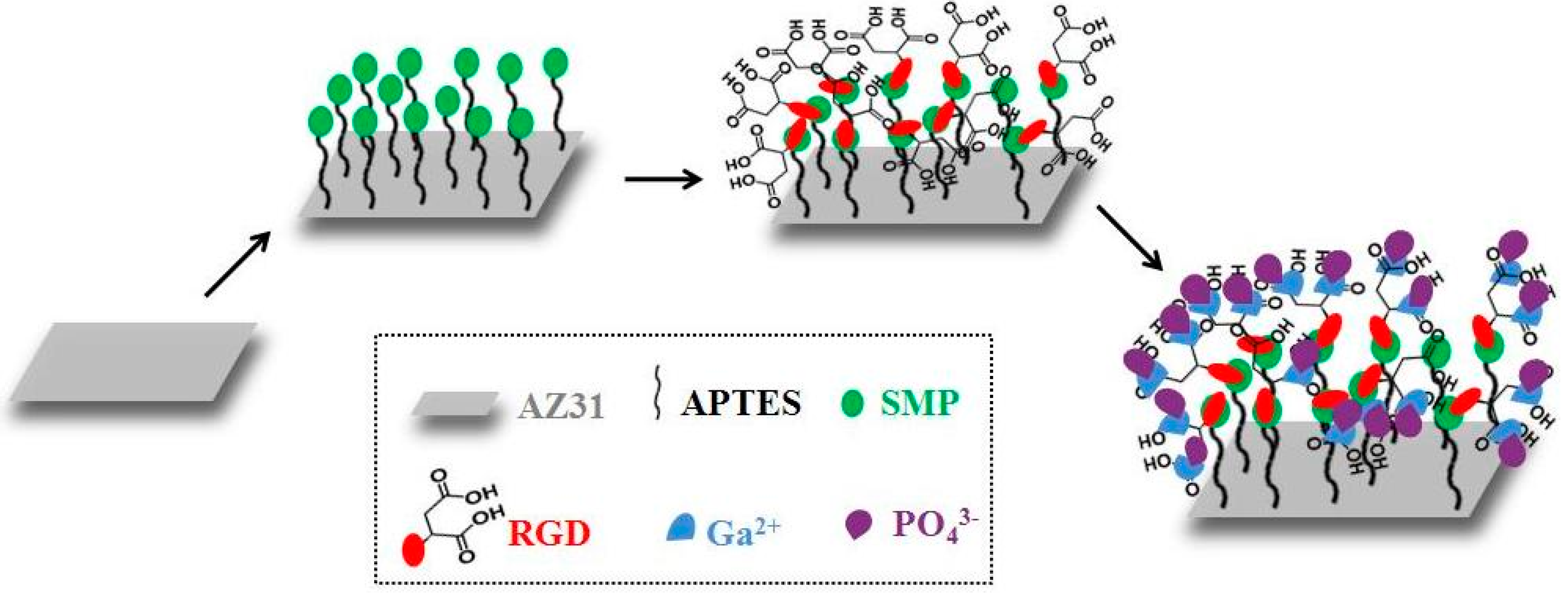
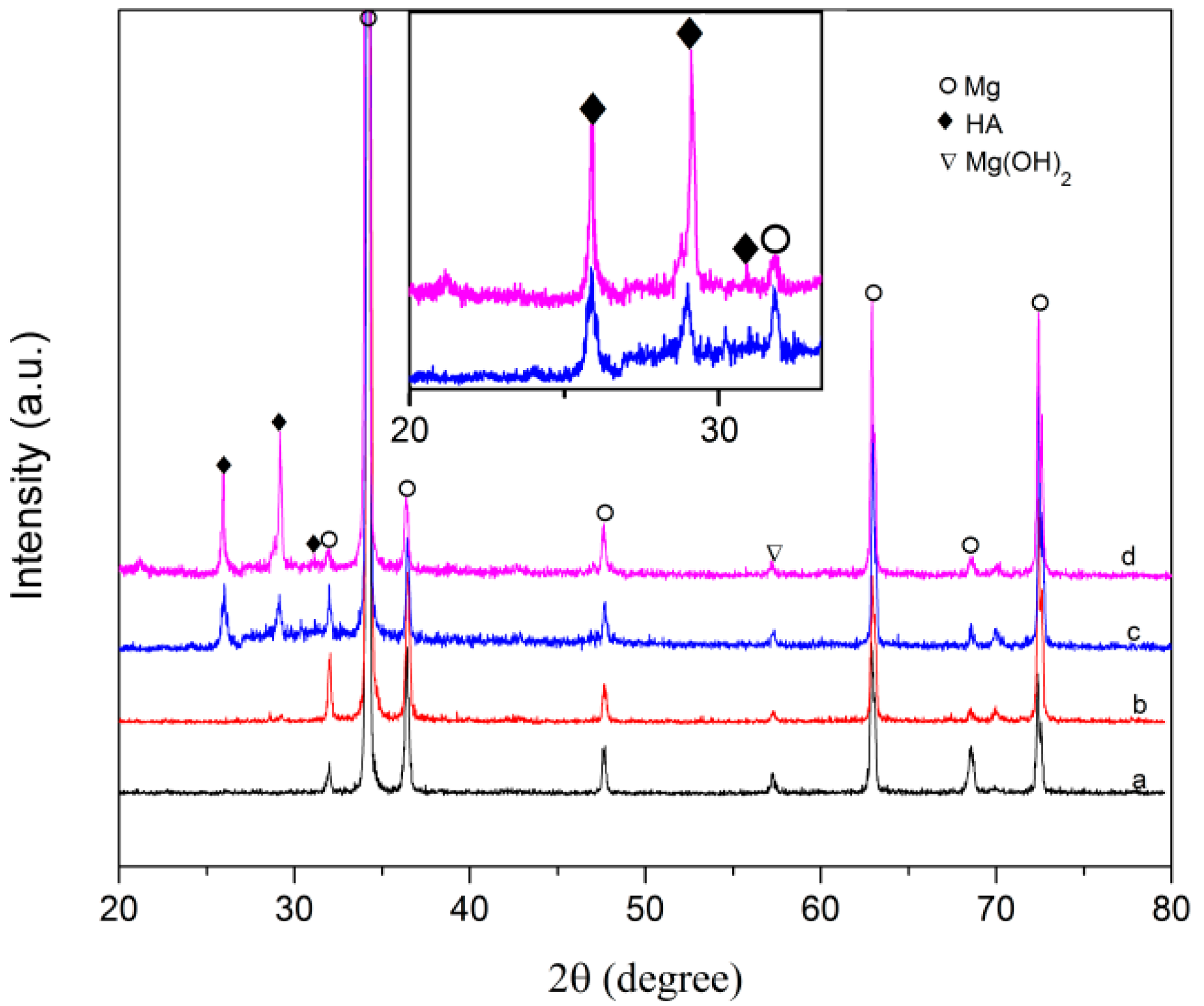
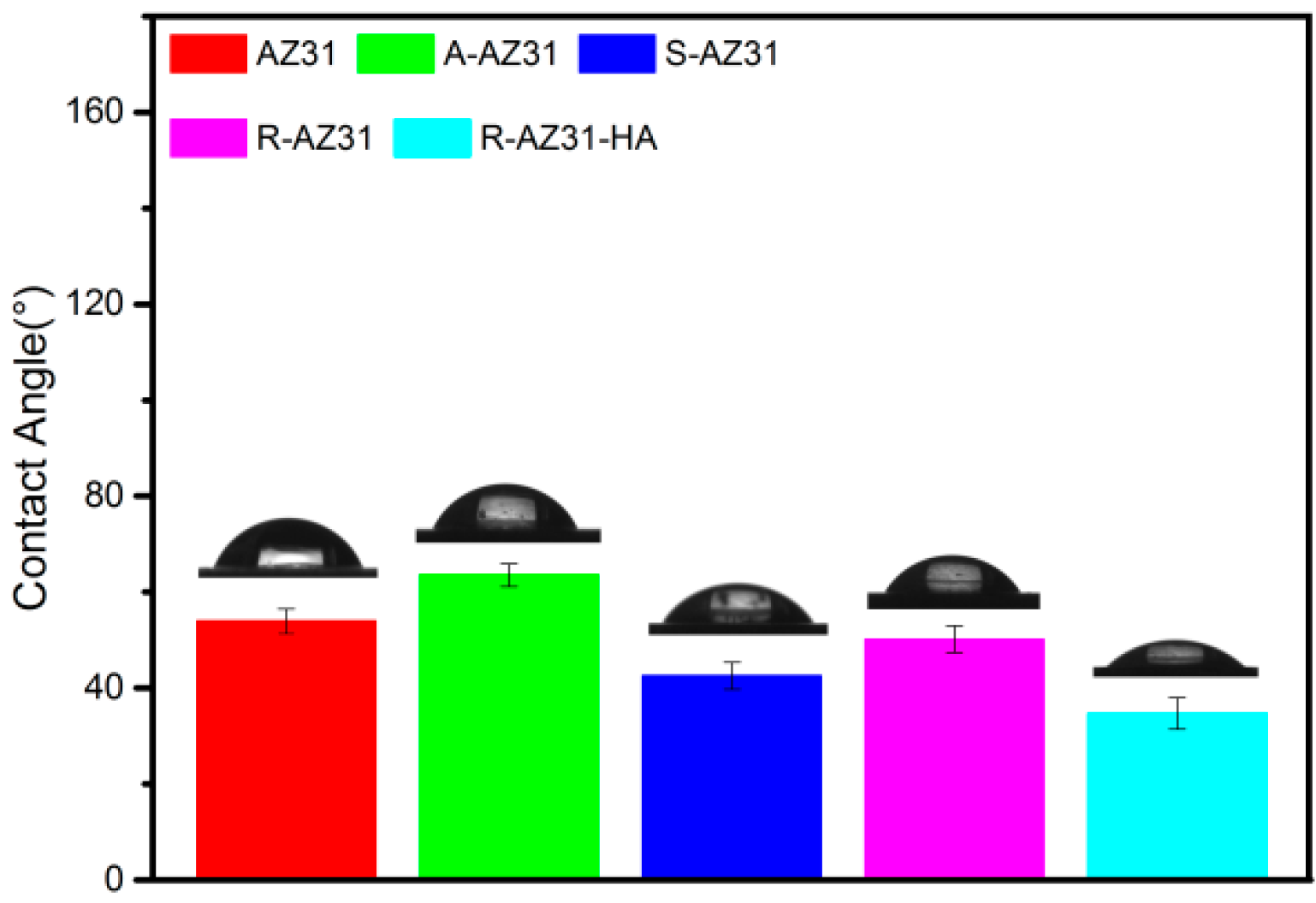
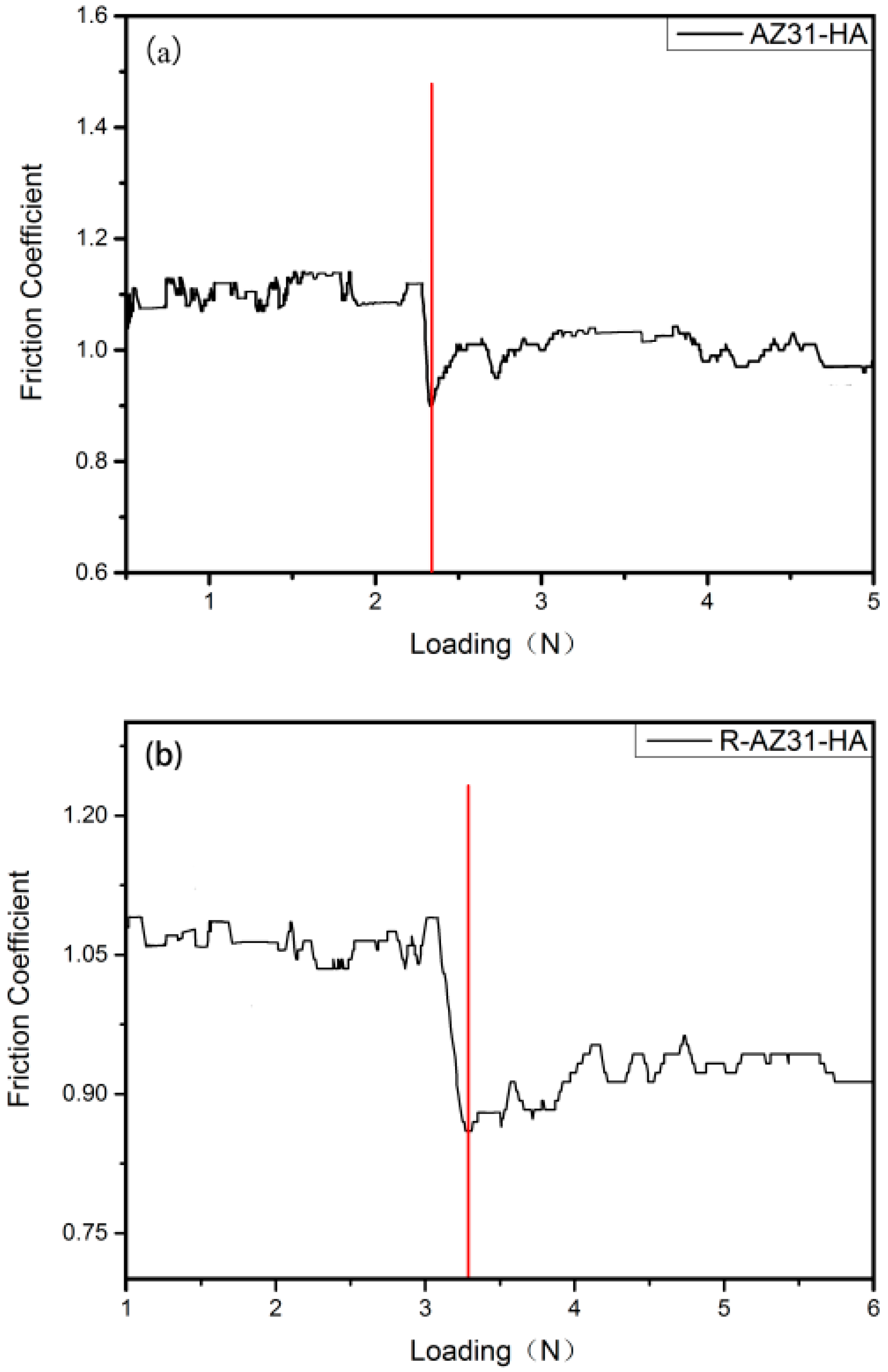
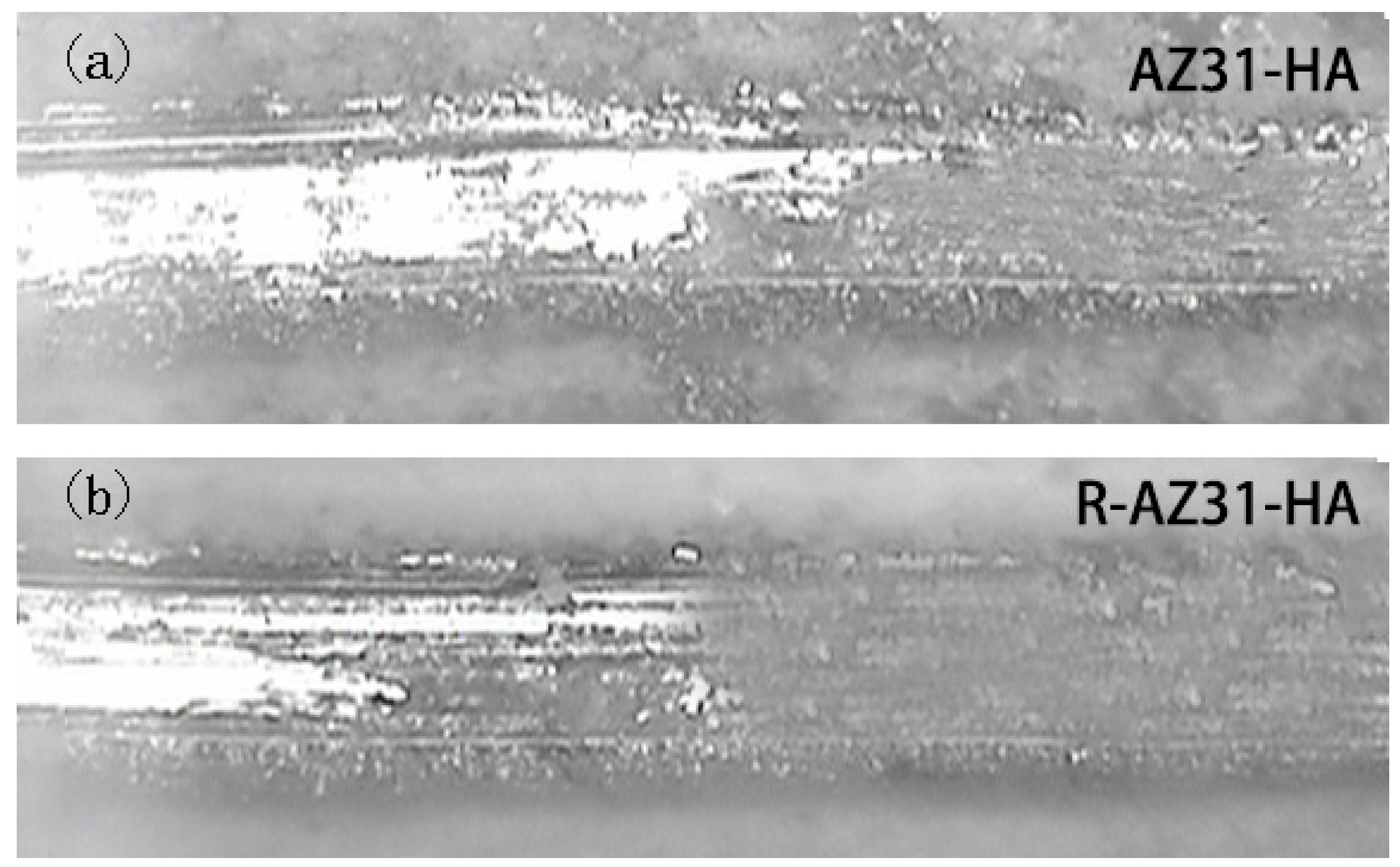
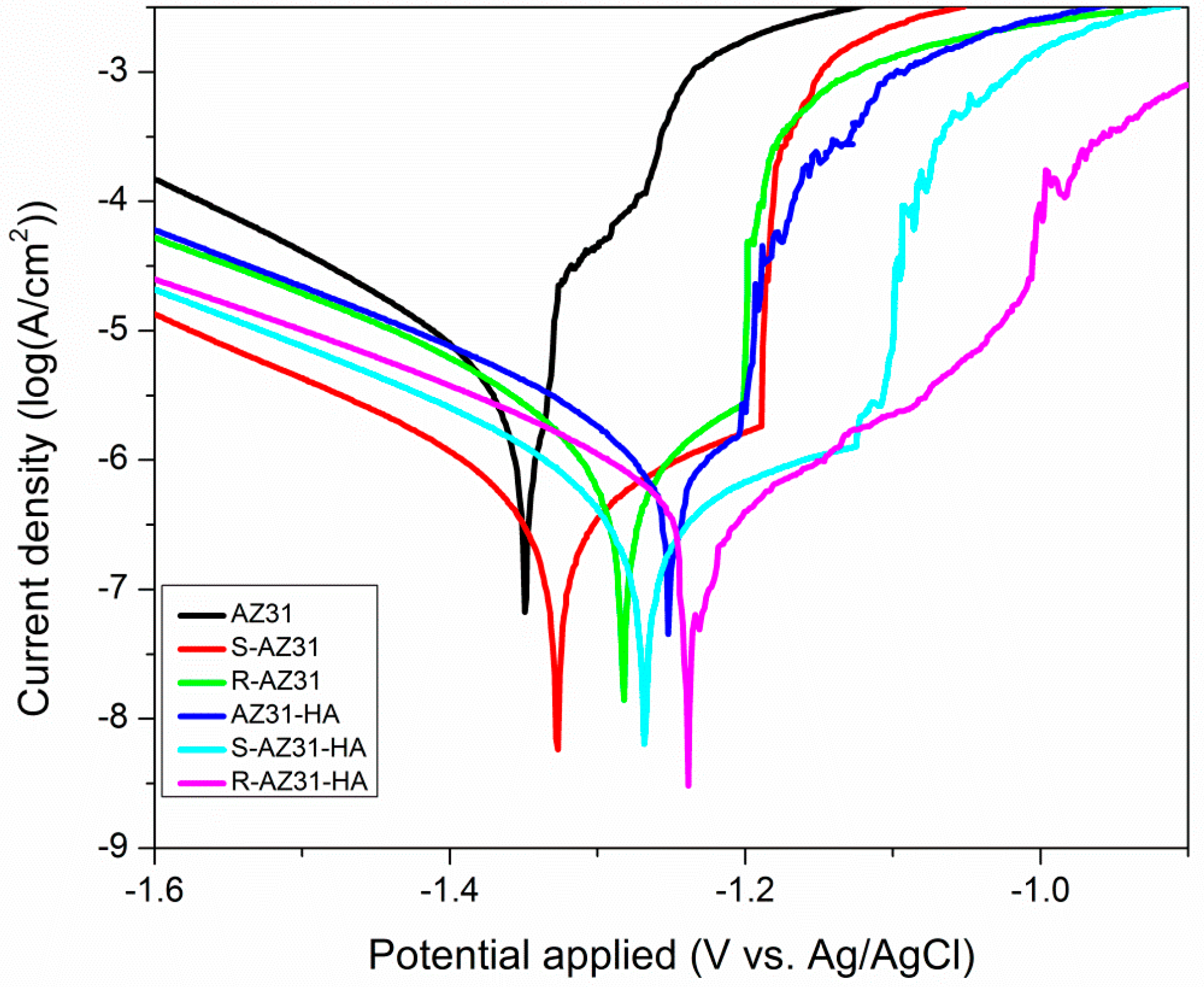
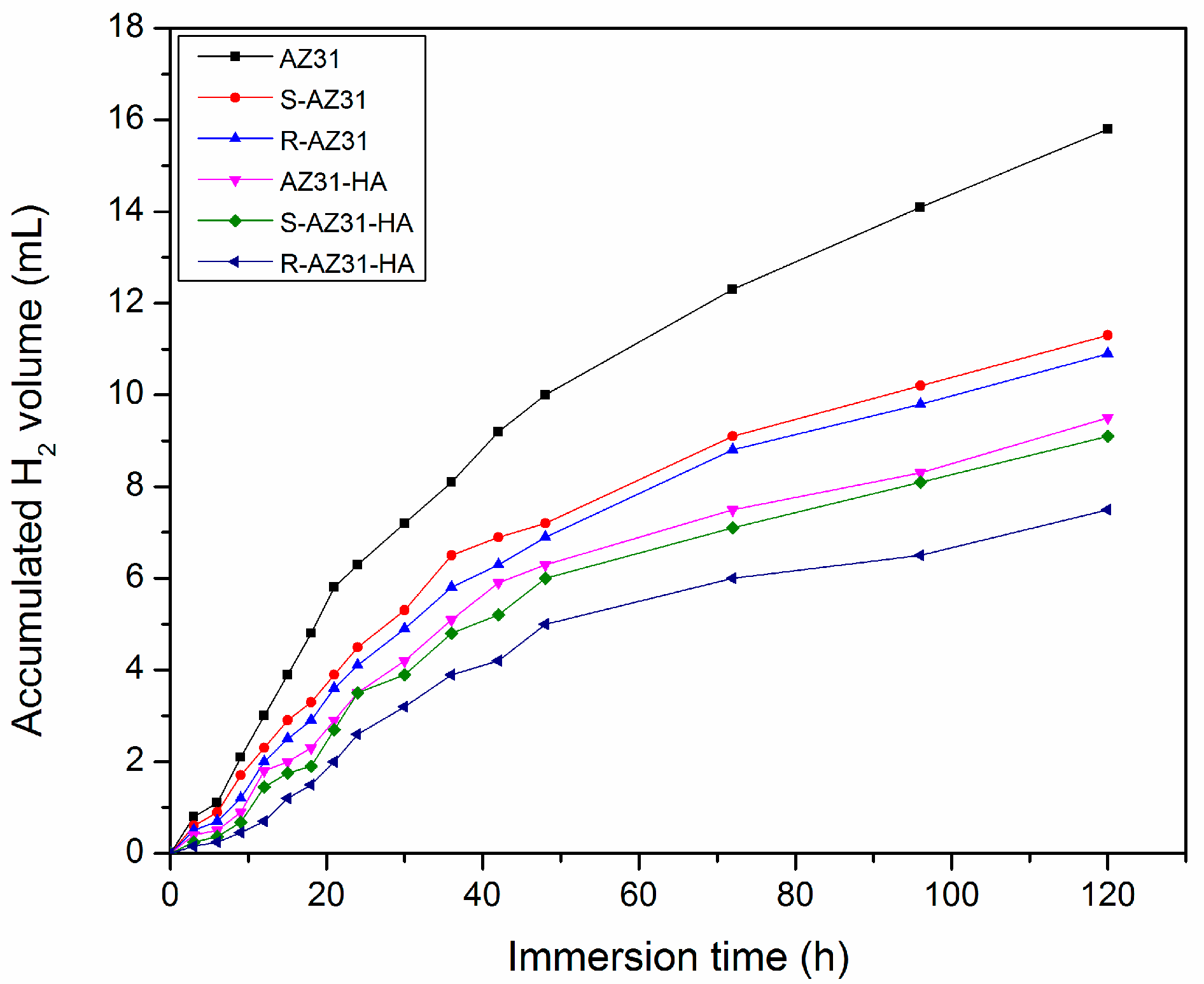
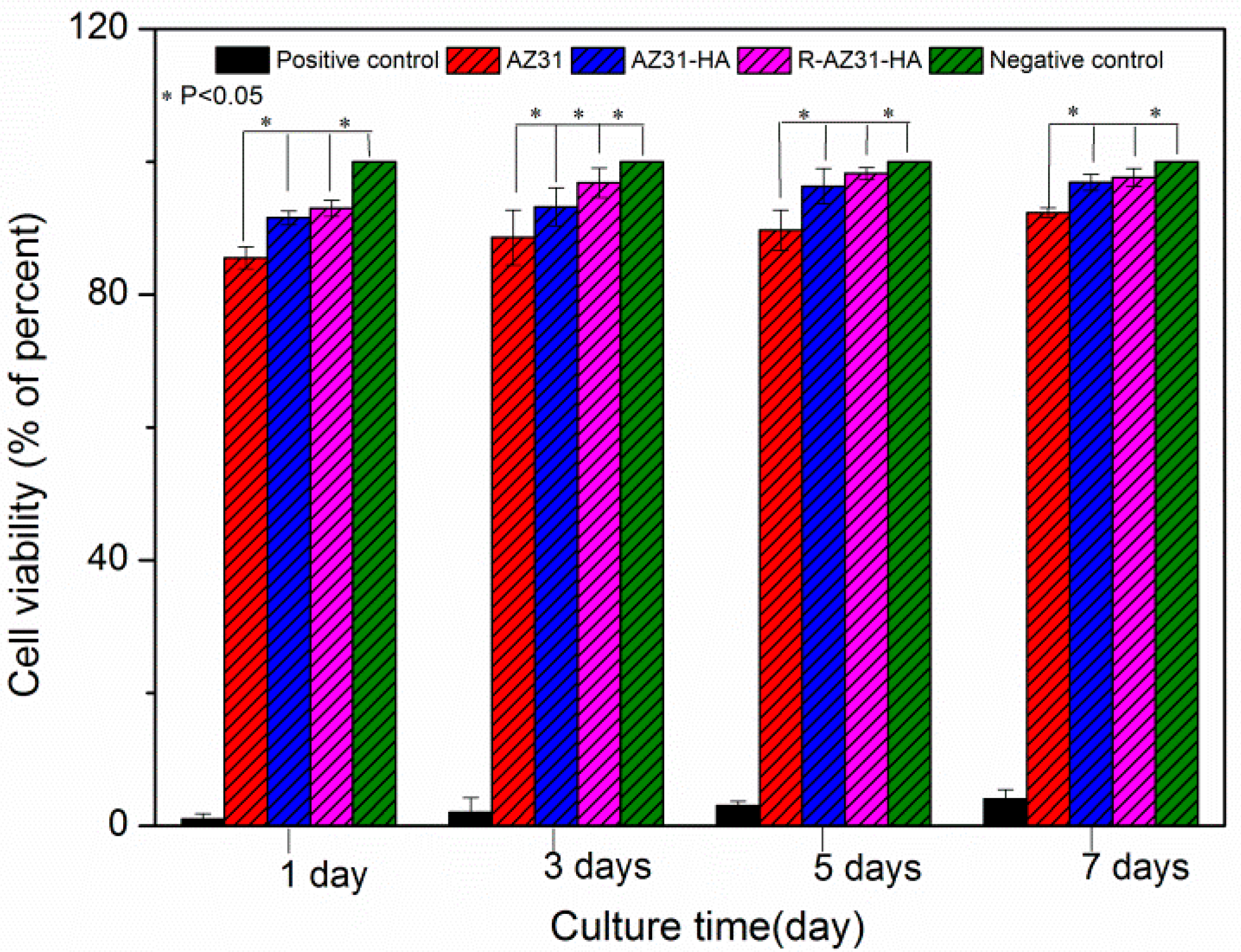
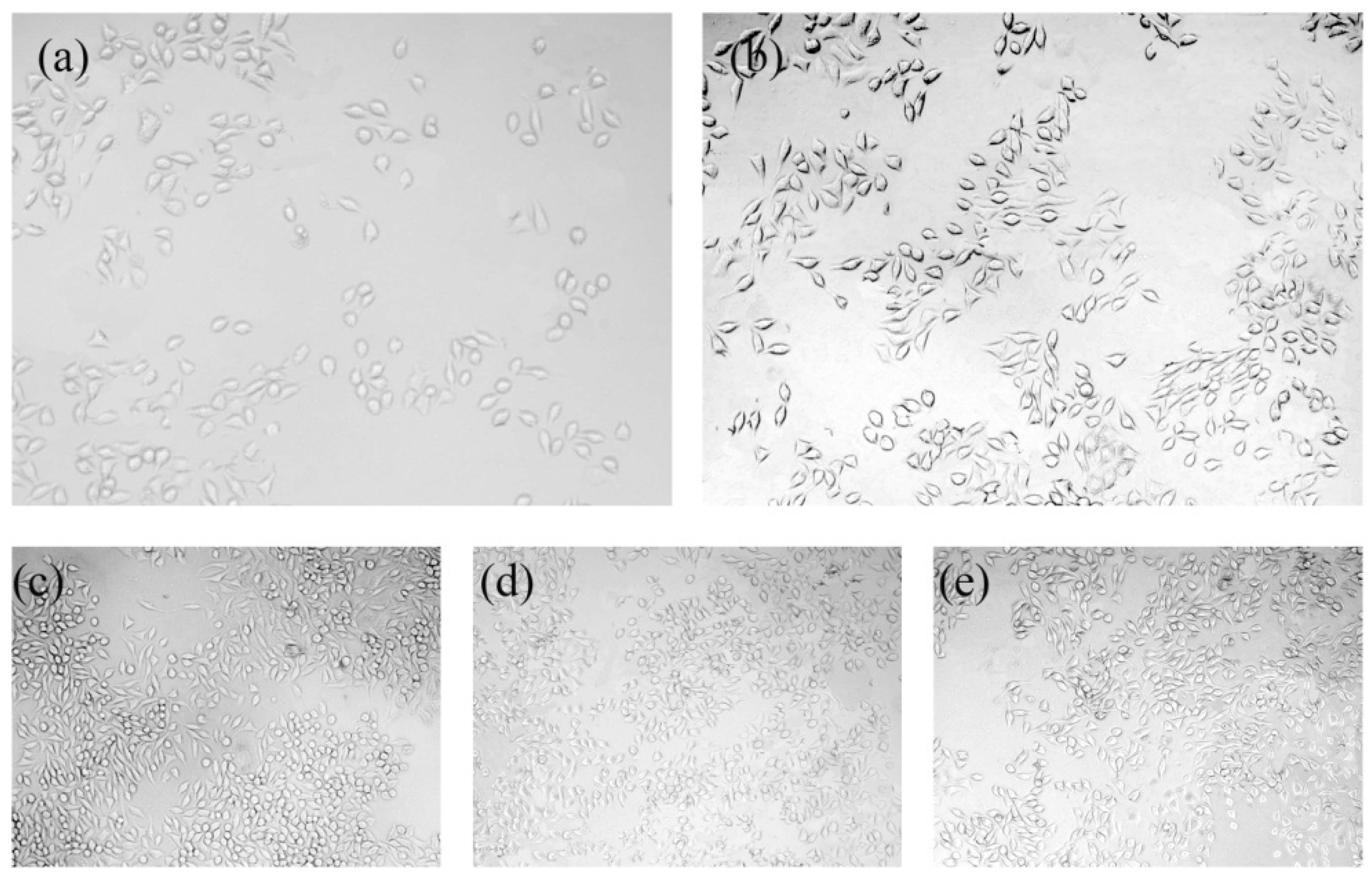
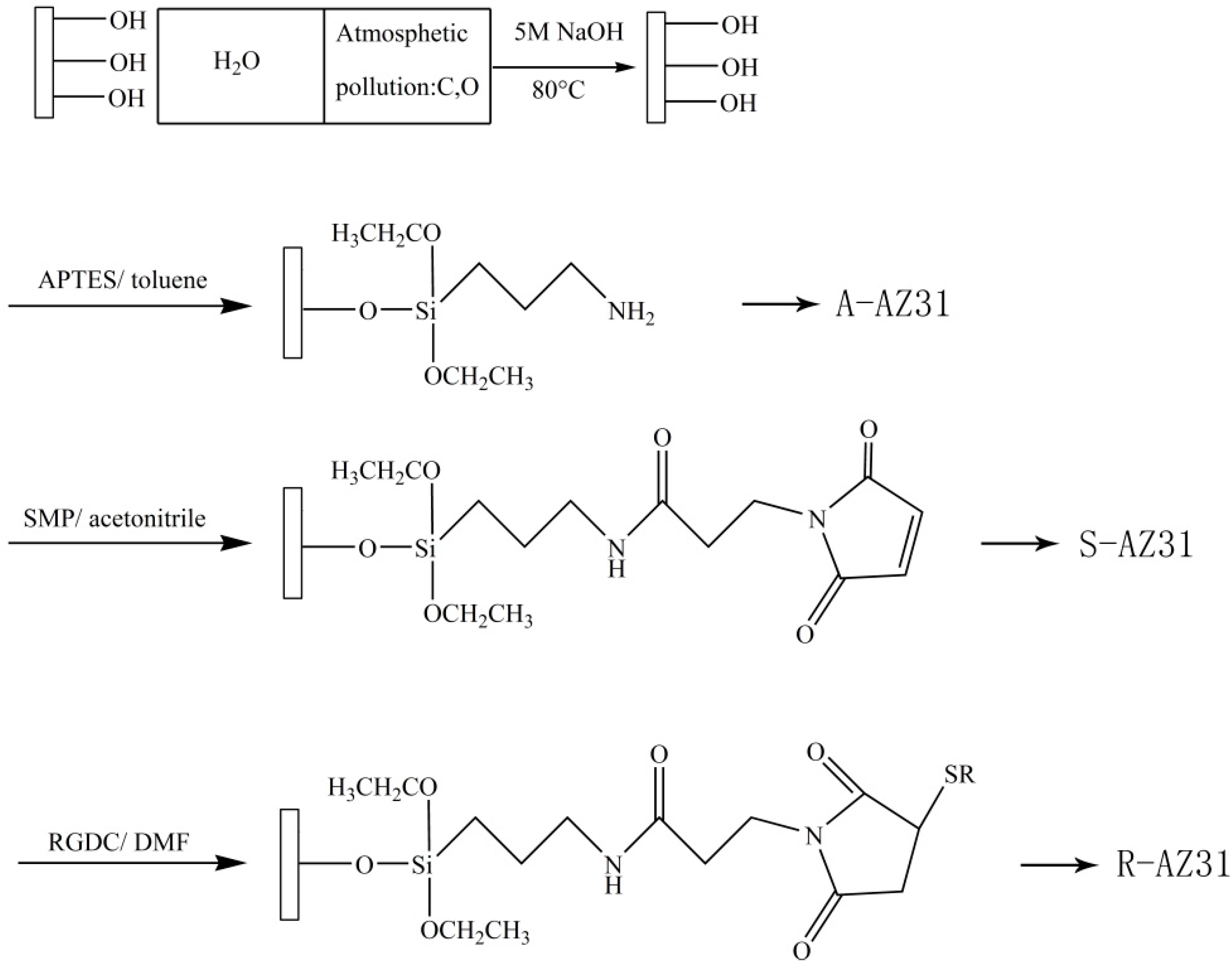
| Samples | Mg | C | O | Si | N | S | N/Si |
|---|---|---|---|---|---|---|---|
| AZ31 | 21.53 ± 1.0765 | 37.35 ± 1.8675 | 39.08 ± 1.954 | 2.04 ± 0.102 | |||
| A-AZ31 | 16.86 ± 0.843 | 40.46 ± 2.023 | 35.02 ± 1.751 | 4.1 ± 0.205 | 3.56 ± 0.178 | 0.87 ± 0.0435 | |
| S-AZ31 | 17.01 ± 0.8505 | 39.49 ± 1.9745 | 34.07 ± 1.7035 | 4.29 ± 0.2145 | 5.14 ± 0.257 | 1.19 ± 0.0595 | |
| R-AZ31 | 16.91 ± 0.8455 | 37.17 ± 1.8585 | 36.65 ± 1.8325 | 2.29 ± 0.1145 | 6.5 ± 0.325 | 0.48 ± 0.024 | 2.84 ± 0.142 |
| Samples | Ecorr (V vs. Ag/Cl) | icorr (A/cm2) |
|---|---|---|
| AZ31 | −1.389 | 1.64 × 10−5 |
| S-AZ31 | −1.339 | 8.3 × 10−6 |
| R-AZ31 | −1.324 | 6.7 × 10−6 |
| AZ31-HA | −1.252 | 6.45 × 10−6 |
| S-AZ31-HA | −1.268 | 4.36 × 10−6 |
| R-AZ31-HA | −1.231 | 1.42 × 10−6 |
| Component | Concentrations | |
|---|---|---|
| SBF(g/L) | 1.5 SBF(g/L) | |
| NaCl | 8.035 | 12.053 |
| NaHCO3 | 0.355 | 0.503 |
| KCl | 0.225 | 0.338 |
| K2HPO4·3H2O | 0.231 | 0.347 |
| MgCl2·6H2O | 0.311 | 0.467 |
| CaCl2 | 0.292 | 0.438 |
| Na2SO4 | 0.072 | 0.108 |
| Loading Range | 0–5 N |
| Loading Rate | 5 N/min |
| Scratch Length | 5 mm |
© 2017 by the authors. Licensee MDPI, Basel, Switzerland. This article is an open access article distributed under the terms and conditions of the Creative Commons Attribution (CC BY) license (http://creativecommons.org/licenses/by/4.0/).
Share and Cite
Cao, L.; Wang, L.; Fan, L.; Xiao, W.; Lin, B.; Xu, Y.; Liang, J.; Cao, B. RGDC Peptide-Induced Biomimetic Calcium Phosphate Coating Formed on AZ31 Magnesium Alloy. Materials 2017, 10, 358. https://doi.org/10.3390/ma10040358
Cao L, Wang L, Fan L, Xiao W, Lin B, Xu Y, Liang J, Cao B. RGDC Peptide-Induced Biomimetic Calcium Phosphate Coating Formed on AZ31 Magnesium Alloy. Materials. 2017; 10(4):358. https://doi.org/10.3390/ma10040358
Chicago/Turabian StyleCao, Lin, Lina Wang, Lingying Fan, Wenjun Xiao, Bingpeng Lin, Yimeng Xu, Jun Liang, and Baocheng Cao. 2017. "RGDC Peptide-Induced Biomimetic Calcium Phosphate Coating Formed on AZ31 Magnesium Alloy" Materials 10, no. 4: 358. https://doi.org/10.3390/ma10040358





